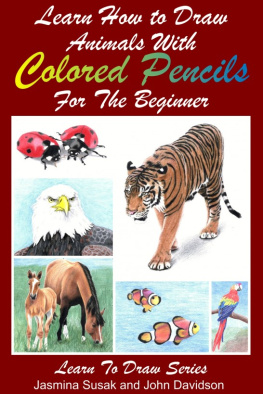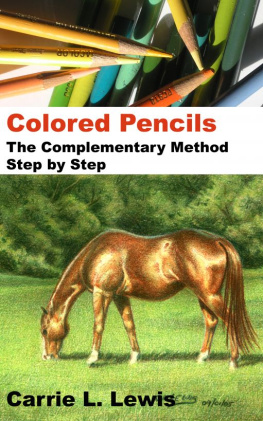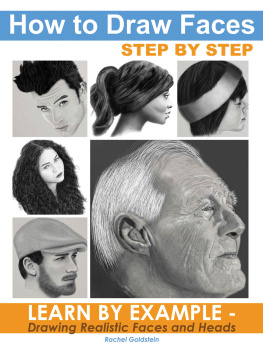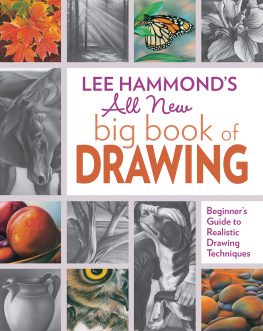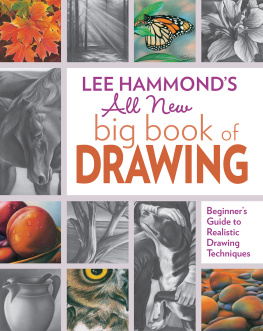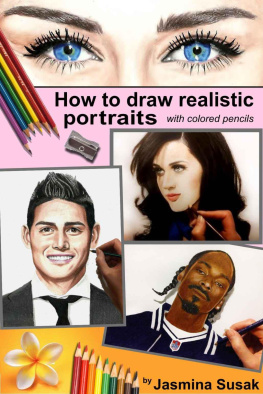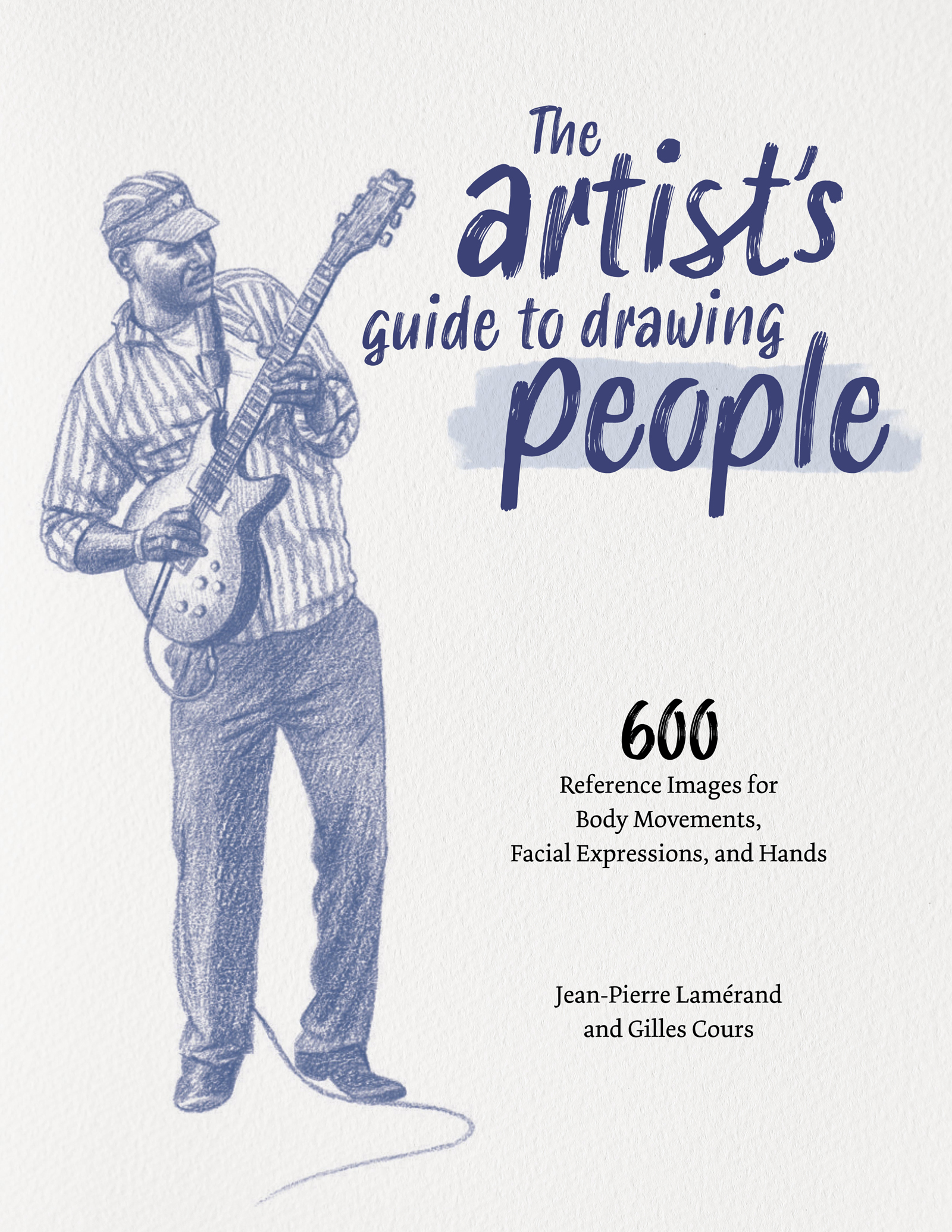The Artists Guide to Drawing People:
600 Reference Images for Body Movements,
Facial Expressions, and Hands
Jean-Pierre Lamrand, Gilles Cours
Editor: Kelly Reed
Project manager: Lisa Brazieal
Marketing coordinator: Katie Walker
Copyeditor: Barbara Basbanes
Graphic design and layout: Cyril Terrier
Cover production: Aren Straiger
ISBN: 978-1-68198-911-2
1st Edition (1st printing, July 2022)
2022 Jean-Pierre Lamrand, Gilles Cours
Les Modles du Dessinateur first published in French Mango, 2021
www.mangoeditions.com
Rocky Nook Inc.
1010 B Street, Suite 350
San Rafael, CA 94901
www.rockynook.com
Distributed in the UK and Europe by Publishers Group UK
Distributed in the U.S. and all other territories by Ingram Publisher Services
All rights reserved. No part of the material protected by this copyright notice may be reproduced or utilized in any form, electronic or mechanical, including photocopying, recording, or by any information storage and retrieval system, without written permission of the publisher.
Many of the designations in this book used by manufacturers and sellers to distinguish their products are claimed as trademarks of their respective companies. Where those designations appear in this book, and Rocky Nook was aware of a trademark claim, the designations have been printed in caps or initial caps. All product names and services identified throughout this book are used in editorial fashion only and for the benefit of such companies with no intention of infringement of the trademark. They are not intended to convey endorsement or other affiliation with this book.
While reasonable care has been exercised in the preparation of this book, the publisher and author assume no responsibility for errors or omissions, or for damages resulting from the use of the information contained herein or from the use of the discs or programs that may accompany it.
This book is printed on acid-free paper.
Printed in China.
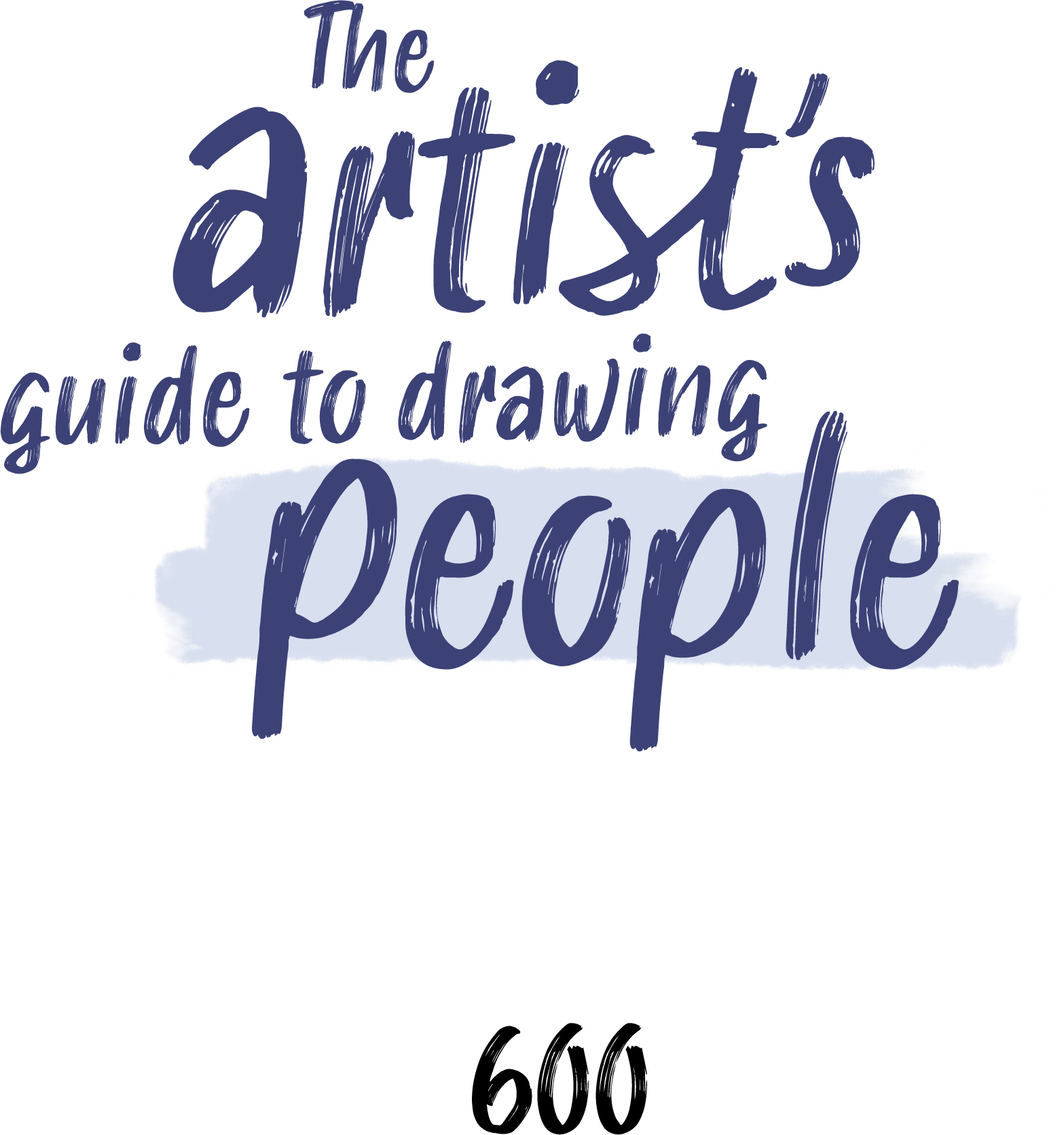
Reference Images for Body Movements, Facial Expressions, and Hands
Jean-Pierre Lamrand and Gilles Cours

Contents
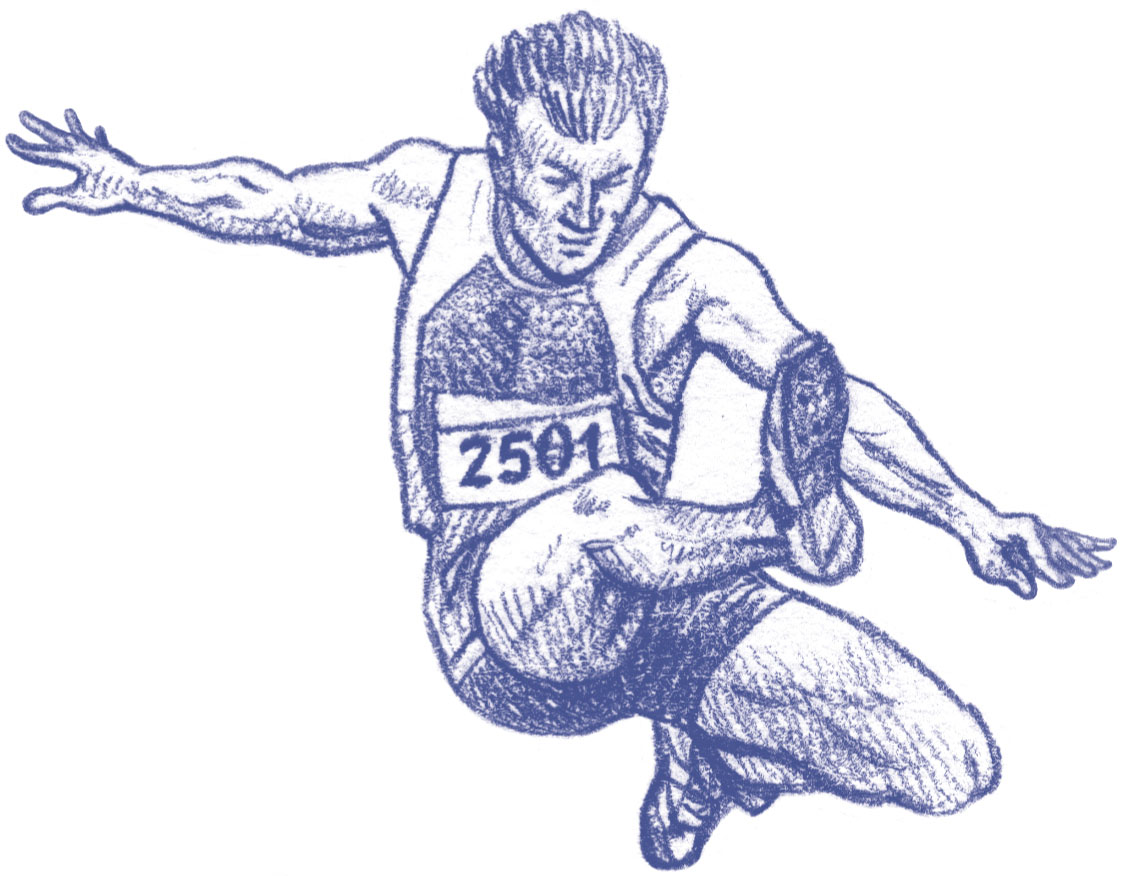
Introduction
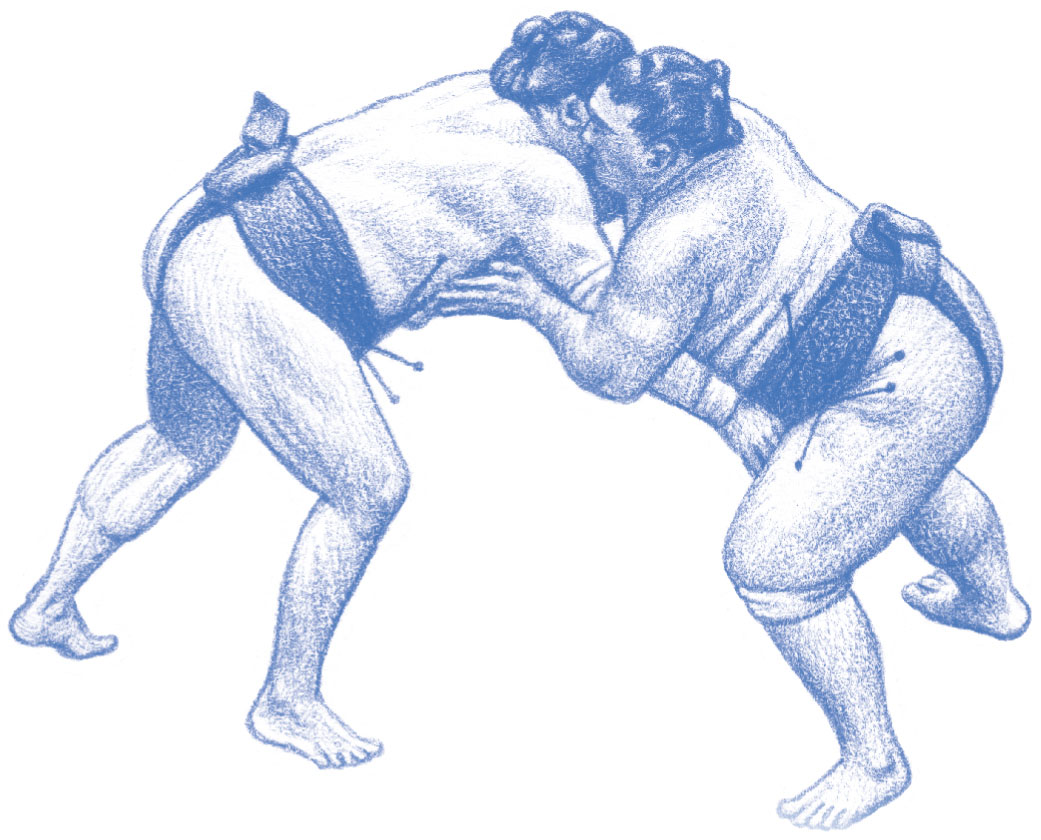
This book is a collection of exceptional models for any artist who would like to be able to draw expressive, realistic characters. The book is divided into three chapters, progressing from the global to the more detailed.
The first chapter is devoted to movements of the body as a whole. We discuss body languageits true that it can be read, and that people wont believe in your characters unless their movements are just right and make sense. To fully understand the workings of the human machine, we must start by looking under the hood. Therefore, the first chapter starts with pages on anatomy, offers some rules on proportion, and then goes into detail about the limbs, which are the main actors in the bodys movements this includes the hand, which later has an entire chapter dedicated to it.
The pages on construction will teach you how to draw a skeleton, over which you can then place muscles, and then clothing. If bodies talk, then clothes are their makeup, and in their folds, they reveal the shape of the muscles that they cover, as well as the direction of movement, its speed, and its weight. After having considered all viewing angles using a superhero, you will approach a number of different aspects of movement in the form of a databank made up of suggestions and, on every page, sequences that break down the steps of an action. The process of creating these drawings will use a variety of techniques, using a 4B lead pencil, colored pencils, or a felt-tip pen.
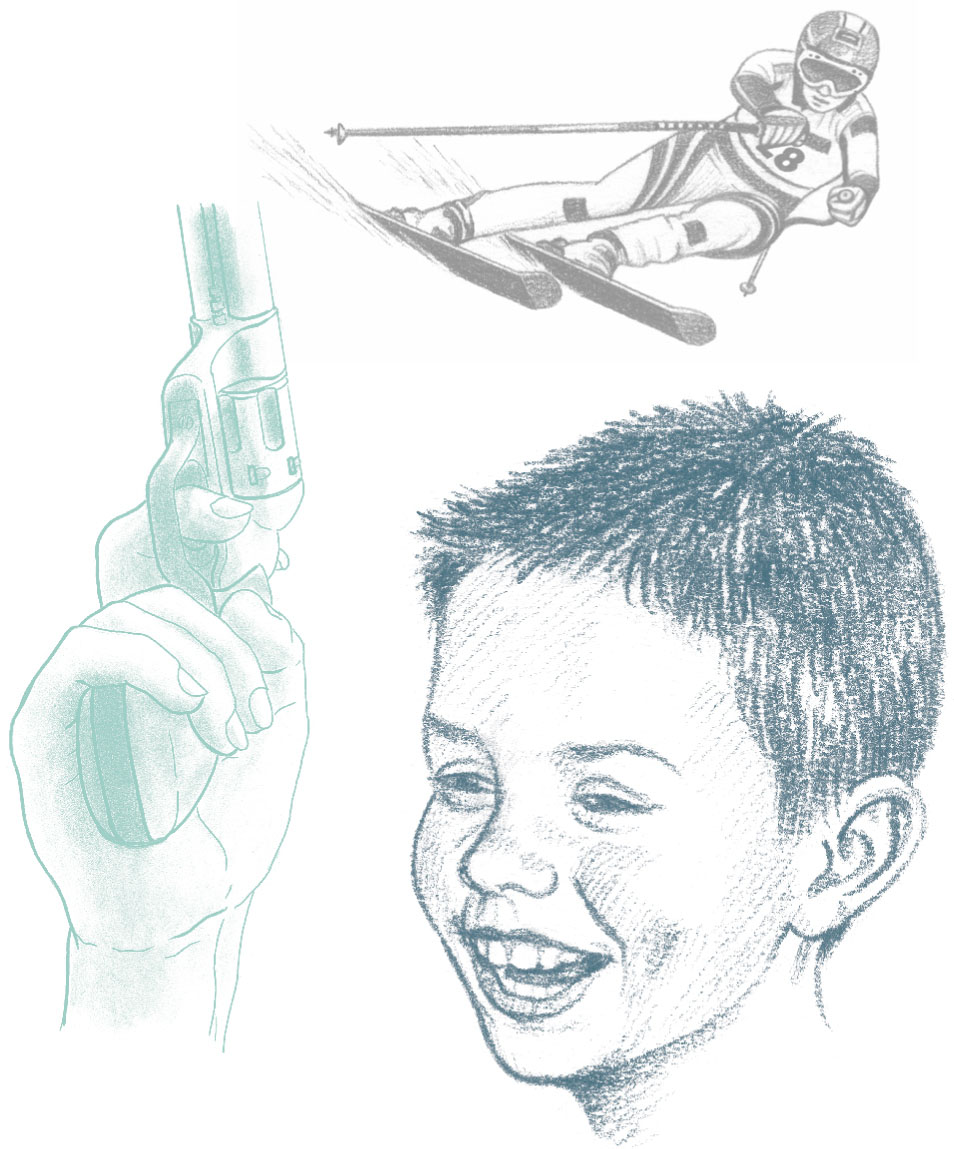
The second chapter is dedicated to facial expressions. Knowing how to create a portrait means giving the right expression to the model, no matter what they are feeling. Painters and illustrators often find themselves in difficulty when they are trying to recreate the emotion that emanates from a face. This chapter explains how to give it the appropriately serious, sad, tired, or playful look without falling into caricature.
By studying this catalogue of portraits, you will see that peoples faces can move very easily from the expression of one feeling to a very different onefrom fatigue to sadness, for examplejust through the simple emphasis of a mouth fold or by the crooking of an eyebrow into a frown. Studying the face muscles and a few rules about proportions will allow you to better understand how a face comes alive.
Looking at a comic strip or graphic novel, the reader sometimes must immediately understand an image that has no words; so that the emotions can be clearly and unambiguously communicated, you, as the artist, will sometimes have to exaggerate the expression. We offer sequences that show the various steps in the evolution of a feeling. The other reason for these sequences is to spotlight the movements of a head in space and the way that the light creates its topography. In this chapter, you will find a large variety of human types so that you can find the character that you need.
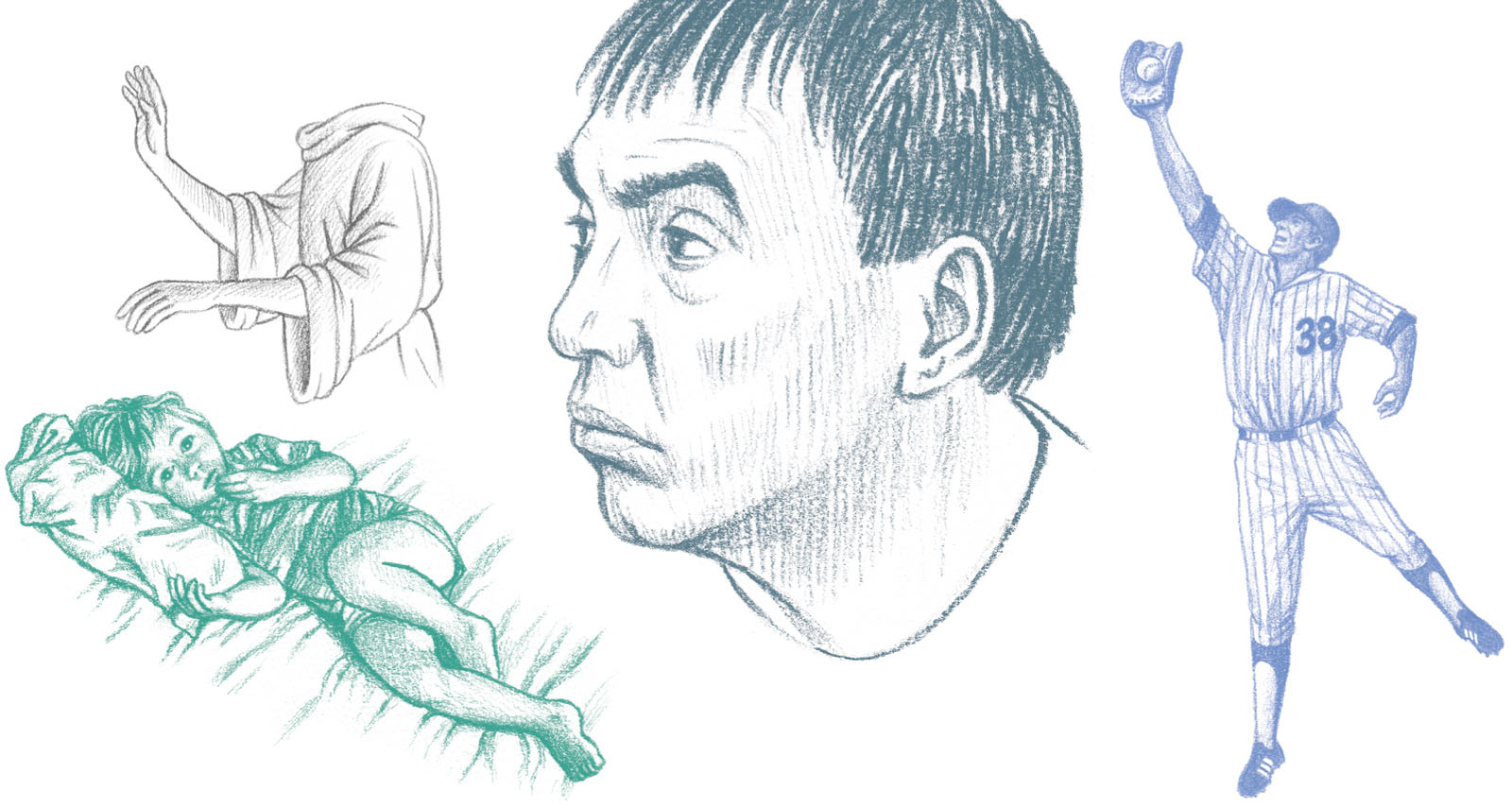
The third chapter is devoted to the drawing of hands. The hand is a precise and powerful gripping body part, and without a doubt the most extraordinary tool available to the human being. it can detect the slightest roughness, the most diverse textures. The hand has many joints, which give it extreme mobility and make it very expressive. And it hardly ever stays in one position, adapting to every situation.
These characteristics make the hand the hardest part of the human body to draw. And yet, every artist must become familiar with it, because, like the face, it emerges from our clothing and is only occasionally hidden.
Thus, the hand is essential in any representation of the human body, and particularly in comic strips or graphic novels, where movements and positions must be varied and expressive.
Of course, the catalogue of models that makes up this book cannot be exhaustive. It is up to you to flesh it out. If you are imagining a movement and cant find any documentation for it, dont hesitate to act out the action yourself or to ask your friends and family to pose for you. And if you must choose one image to represent an action, choose the most expressive momentin other words, the one that allows the viewer to guess what has just happened or what is about to take place. In the same way, to give a particular expression to a specific character, take up your pencil and sketch everyone around you!



